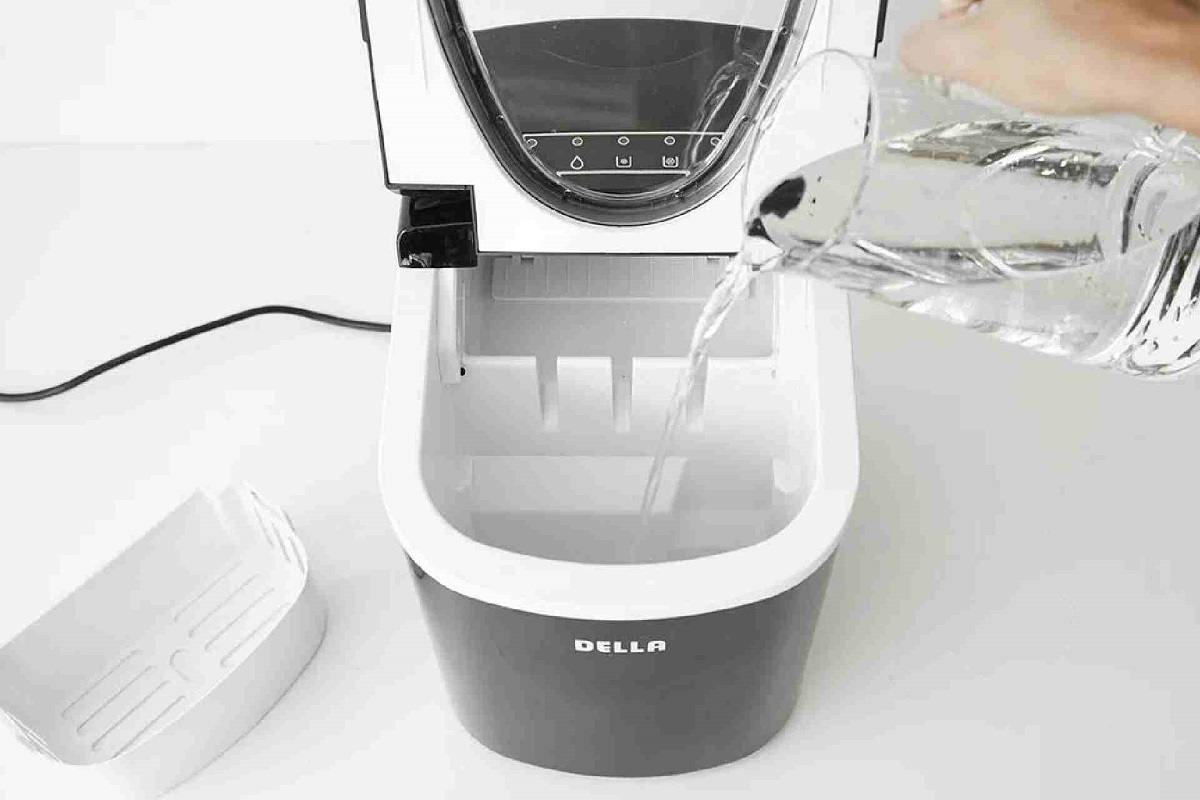

Articles
Ice Maker is Loud When Filling With Water
Modified: August 19, 2024
Discover articles on why your ice maker may be making loud noises when filling with water and learn how to troubleshoot and fix the issue.
(Many of the links in this article redirect to a specific reviewed product. Your purchase of these products through affiliate links helps to generate commission for Storables.com, at no extra cost. Learn more)
Introduction
Welcome to our article on why your ice maker may be making a loud noise when filling with water. An ice maker is a valuable appliance that provides convenience and refreshment in any household or commercial setting. However, it can be frustrating when it starts making unusual noises, especially during the water filling process. In this article, we will explore the possible causes of the loud noise and provide troubleshooting steps to help you address the issue.
An ice maker works by freezing water to produce ice cubes or crushed ice. The process involves several stages, including filling the ice tray with water, freezing the water, and releasing the ice cubes into a storage bin. The water filling process is an essential part of this cycle, but it can sometimes be accompanied by a loud noise that can be disruptive and concerning.
When the ice maker is filling with water, it typically relies on a water valve or solenoid to control the flow of water into the ice tray. This valve opens to allow water to enter the tray, and once it reaches the desired level, the valve closes to stop the flow. During this filling process, you may hear a loud noise that can range from a buzzing or humming sound to a rattling or banging noise.
Now that we understand the purpose of an ice maker and the water filling process, let’s delve into the possible causes of the loud noise and how you can troubleshoot and resolve the issue. It’s essential to identify the root cause to determine the appropriate solution. So, let’s jump in and explore the potential reasons behind the noise and the steps you can take to address it.
Key Takeaways:
- Troubleshoot loud ice maker noises by checking water pressure, inspecting internal components, and descaling to ensure a quieter ice-making experience.
- Prevent future ice maker noise issues by maintaining proper water pressure, regular cleaning, and following manufacturer’s guidelines for optimal performance.
Explanation of the ice maker’s purpose
An ice maker is a fantastic addition to any kitchen or commercial space. Its primary purpose is to provide a steady supply of ice cubes or crushed ice on demand, eliminating the need for manual ice tray filling and freezing. Whether you need ice for your refreshing beverages, cocktail parties, or cooling down food items, an ice maker can save you time and effort.
Ice makers come in various sizes and designs, ranging from built-in models in refrigerators to standalone units. They consist of several key components that work together to deliver a continuous stream of ice. These components include the water valve, water line, ice tray, ice mold, compressor, fan, and motor. Each component plays a crucial role in the ice-making process.
When the ice maker is activated, water is supplied through a connected water line, either from a dedicated water source or the main water supply. The water valve regulates the flow of water into the ice tray, ensuring that the correct amount of water fills the tray without overflowing. Once the tray is filled, the water is frozen using the freezer’s cooling system.
Behind the scenes, the ice maker’s compressor and fan work together to maintain the freezing temperatures necessary for ice formation. The compressor pumps refrigerant through the system, while the fan circulates air to keep the temperature consistent throughout the ice-making process.
Once the water is frozen solid, a motor or mechanism inside the ice maker rotates or activates to release the ice cubes from the tray. The ice cubes then fall into a storage bin or a designated area for easy access whenever you need them. Some ice makers even provide options for crushed ice or different ice cube shapes and sizes.
The entire process of making ice, from filling the tray to releasing the ice cubes, is automated and designed to be efficient and convenient. However, during the water filling stage, it is not uncommon for certain ice makers to produce a loud noise that some users might find bothersome or concerning.
Now that we have a clear understanding of the ice maker’s purpose and how it works, let’s explore why it may produce a loud noise when filling with water and how you can troubleshoot the issue.
Overview of the water filling process
The water filling process is a critical step in the operation of an ice maker. It involves the controlled flow of water into the ice tray, ensuring that the right amount of water is dispensed for the ice cubes to form properly. Understanding the water filling process is essential to identify the source of any loud noises that may occur during this stage.
When the ice maker calls for ice production, typically through the push of a button or the detection of low ice levels, it triggers the water valve to open. The water valve is responsible for supplying water from the connected water line or source to the ice tray. As the valve opens, water begins to flow into the tray.
The ice maker is designed to fill the tray with the appropriate amount of water, which can vary depending on the ice cube size and manufacturer’s specifications. Once the water reaches the desired level in the tray, the water valve closes, stopping the flow of water. At this point, the ice-making process continues with the freezing of the water and the eventual release of the ice cubes.
During the water filling process, you may hear a loud noise that can range from a buzzing or humming sound to a rattling or banging noise. This noise is not always an indication of a malfunction or issue with the ice maker, but it’s important to investigate the cause to ensure everything is functioning correctly.
The water filling stage can be affected by various factors that may contribute to the noise. These factors include the water pressure, water valve operation, loose components or connections, or even the presence of debris or air bubbles in the water line. By understanding these potential causes, you can troubleshoot and resolve any issues that may be causing the loud noise during the water filling process.
In the next sections, we will explore the possible causes of the loud noise and provide troubleshooting steps to help you address the issue. Remember that safety is paramount when dealing with any appliance, so if you are not comfortable or confident in troubleshooting, it’s best to seek professional assistance.
Now that we have an overview of the water filling process and its importance in the ice-making cycle, let’s dive into the potential causes of the loud noise and how you can troubleshoot the issue.
Description of the loud noise during water filling
When your ice maker is filling with water, you may experience a loud noise that can range from a buzzing or humming sound to a rattling or banging noise. This noise can be unsettling and may cause concern, especially if you’re unsure of its source or if it’s affecting the performance of your ice maker.
The exact nature and intensity of the noise can vary depending on several factors, including the specific ice maker model and its design. However, there are some common characteristics that can help describe the loud noise during the water filling process.
One possibility is a buzzing or humming noise. This is often associated with the operation of the water valve or solenoid responsible for controlling the flow of water into the ice tray. As the valve opens to allow water to enter the tray, it may create a buzzing or humming sound as water passes through the valve or as the valve mechanism activates.
Another type of noise commonly heard during water filling is a rattling or banging sound. This can be caused by a variety of factors, including loose components or connections within the ice maker. When water flows into the tray, it can create vibrations that cause loose parts to rattle or bang against each other or the surrounding structure of the ice maker.
In some cases, the loud noise during water filling may be accompanied by a gushing or splashing sound. This can occur if the water pressure entering the ice maker is too high, causing the water to forcefully flow into the tray. The rapid influx of water can result in a gushing or splashing noise as it fills the tray, potentially causing an imbalance or disturbance within the ice maker.
It’s important to note that not all loud noises during water filling are indicative of a malfunction or issue with the ice maker. Some noise is normal and can be attributed to the functioning of various components, such as the water valve or solenoid. However, excessive or persistent loud noises may warrant further investigation to ensure the proper operation and longevity of your ice maker.
In the next sections, we will explore the potential causes of the loud noise and provide troubleshooting steps to help you address the issue. By identifying the specific cause, you can take appropriate measures to resolve the noise and ensure smooth operation of your ice maker.
Now that we have described the various types of loud noises that can occur during water filling, let’s move on to explore the possible causes behind these noises and how you can troubleshoot the issue.
Check the water supply line for any kinks or obstructions that could be causing the loud noise. It’s also a good idea to clean the water filter to ensure proper water flow.
Potential causes of the loud noise
When it comes to the loud noise during the water filling process of your ice maker, several potential causes need to be considered. It’s important to pinpoint the specific cause in order to effectively troubleshoot and resolve the issue. Let’s explore some of the common culprits behind the loud noise:
- Water pressure: High water pressure can create a loud gushing or splashing noise when water enters the ice tray. If your water pressure is too high, it may be necessary to install a pressure regulator to reduce the pressure to a normal level.
- Water line vibrations: If the water line supplying water to the ice maker is not properly secured, it can vibrate against the wall or cabinets, causing a rattling or banging noise. Ensure that the water line is adequately secured and insulated to minimize vibrations.
- Loose components: Loose components within the ice maker, such as the water valve or other internal mechanisms, can create rattling or banging noises during water filling. Inspect the ice maker for any loose or misaligned parts and tighten or adjust them as necessary.
- Debris or air bubbles: Debris or air bubbles can get stuck in the water line, causing irregular water flow and resulting in unusual noises. Use a water line filter to prevent debris from entering the ice maker, and if air bubbles are present, purge the water line to remove them.
- Water valve malfunction: If the water valve is worn out or malfunctioning, it may not open or close properly, leading to loud noises during the water filling process. In such cases, replacing the water valve might be necessary to resolve the issue.
- Scaling or mineral buildup: Over time, mineral deposits can accumulate in the water line or the water valve, affecting water flow and causing noise. Regularly descaling your ice maker can help prevent mineral buildup and minimize potential noise issues.
It’s worth noting that these potential causes are not exhaustive, and other factors specific to your ice maker’s model and design may contribute to the loud noise. Additionally, it’s possible that multiple causes are responsible for the noise, making it essential to carefully assess and address each potential factor during troubleshooting.
In the next section, we will provide troubleshooting steps to help you identify and resolve the loud noise issue. By systematically addressing the potential causes, you can restore the proper functioning of your ice maker and enjoy a quieter and more efficient ice-making experience.
Now that we have discussed the potential causes of the loud noise during water filling, let’s move on to the troubleshooting steps to address the issue.
Read more: When Was The Ice Maker Invented
Troubleshooting steps to address the issue
If you’re experiencing a loud noise during the water filling process of your ice maker, there are several troubleshooting steps you can take to identify and address the issue. Follow these steps in order to systematically pinpoint the cause of the noise and find a resolution:
- Check water pressure: Measure the water pressure in your home or business using a pressure gauge. If the pressure exceeds the recommended range (typically 20-120 psi), consider installing a pressure regulator to bring it within the appropriate limits.
- Inspect water line: Examine the water line that supplies water to the ice maker. Ensure that it is properly secured and insulated to minimize vibrations. If you notice any loose or damaged sections, tighten or replace them as needed.
- Examine internal components: Carefully inspect the internal components of the ice maker, paying particular attention to the water valve or solenoid. Look for any loose or misaligned parts and tighten or adjust them accordingly. If any components appear worn or damaged, contact a professional for repair or replacement.
- Check for debris or air bubbles: Remove any filters or screens in the water line and clean them to eliminate any debris. If air bubbles are present, purge the water line by running a sufficient amount of water through it until the bubbles dissipate.
- Descale the ice maker: If scaling or mineral buildup is suspected, follow the manufacturer’s instructions to descale your ice maker. Use a descaling solution or a mixture of vinegar and water to remove any mineral deposits that may be affecting the water flow and causing noise.
- Test the water valve: If the water valve is suspected to be malfunctioning, disconnect the power to the ice maker and remove the water valve. Use a multimeter to test the valve for continuity and proper operation. If it fails the test, replace the water valve with a compatible replacement.
Throughout the troubleshooting process, it’s important to prioritize safety. Always disconnect the power supply to the ice maker before inspecting or working on any internal components. If you’re unsure or uncomfortable with any aspect of the troubleshooting, it’s best to seek professional assistance to avoid further damage or injury.
By carefully following these troubleshooting steps, you can identify and address the source of the loud noise during the water filling process. Once the issue is resolved and the ice maker functions properly, you can enjoy a quieter ice-making experience without the disruptive noises.
In the following section, we will provide some maintenance tips to help prevent future noise issues and ensure the long-term performance of your ice maker.
Now that we have covered the troubleshooting steps to address the issue, let’s move on to maintenance tips for your ice maker to prevent future noise problems.
Tips for maintenance and prevention of future noise issues
Maintaining your ice maker properly is essential to prevent future noise issues and ensure its optimal performance. By following these tips, you can keep your ice maker running smoothly and minimize the risk of loud noises during the water filling process:
- Regular cleaning: Clean the ice maker regularly to remove any dirt, debris, or mineral buildup that can affect its operation. Use a mild detergent or a solution of vinegar and water to clean the ice tray, water line, and other accessible components. Rinse thoroughly and dry before reassembling.
- Descale periodically: Regularly descale your ice maker to remove any mineral deposits that can accumulate over time. Follow the manufacturer’s instructions for the appropriate descaling solution and frequency. This will help maintain proper water flow and prevent noise issues associated with scaling.
- Replace water filters: If your ice maker has a water filter, follow the recommended replacement schedule to ensure clean and sediment-free water supply. Over time, filters can become clogged, affecting water flow and potentially causing noise during the filling process.
- Maintain proper water pressure: Keep an eye on the water pressure in your home or business. If you notice any significant changes or fluctuations, consider installing a pressure regulator to maintain stable and appropriate water pressure for your ice maker.
- Inspect and tighten connections: Periodically check the water line connections to ensure they are secure and free from leaks. Loose connections can cause vibrations and noise. If you detect any leaks, take immediate action to repair the connections or seek professional assistance.
- Follow manufacturer’s guidelines: Read and follow the manufacturer’s instructions and guidelines for your specific ice maker model. This includes tips for cleaning, maintenance, and troubleshooting. Adhering to these recommendations can help prolong the lifespan of your ice maker and prevent potential noise issues.
- Professional maintenance: Consider scheduling regular professional maintenance for your ice maker. A technician can thoroughly inspect and clean the internal components, ensuring optimal performance and addressing any potential issues before they become significant problems.
By implementing these maintenance tips, you can minimize the risk of future noise issues and keep your ice maker in excellent condition. Remember that prevention is key, and regular maintenance will not only provide a quieter ice-making experience but also extend the lifespan of your appliance.
Now that we have discussed the maintenance and prevention tips, let’s conclude our article.
Conclusion
We hope this article has provided valuable insights into understanding and addressing the issue of a loud noise during the water filling process of your ice maker. While it can be concerning to experience such noises, it’s important to troubleshoot and identify the cause to find an appropriate solution.
We explored the purpose of an ice maker and the water filling process, highlighting the different types of noises that can occur during this stage. We discussed potential causes, including high water pressure, loose components, debris or air bubbles, scaling, and water valve malfunction. By systematically troubleshooting these issues, you can effectively resolve any noise problems and restore the proper functioning of your ice maker.
We provided helpful steps to address the issue, including checking water pressure, inspecting the water line and internal components, removing debris or air bubbles, descaling the ice maker, and testing the water valve. Following these steps with care and safety precautions can pave the way for a quieter ice-making experience.
Furthermore, we emphasized the importance of regular maintenance and shared tips to prevent future noise issues. This includes regular cleaning, descaling, replacing water filters, maintaining proper water pressure, inspecting and tightening connections, and following manufacturer’s guidelines. By incorporating these practices into your ice maker’s care routine, you can reduce the likelihood of noise problems and ensure the long-term performance of your appliance.
If you’re unsure or uncomfortable with troubleshooting or maintenance tasks, it’s always advisable to seek professional assistance. A certified technician can effectively diagnose and resolve any issues while ensuring your safety and minimizing the risk of further damage.
We understand that a noisy ice maker can be frustrating, but with the knowledge and tips provided in this article, you’re now equipped to handle the situation. By taking the necessary steps to address the issue, you can enjoy a quiet and efficient ice-making experience once again.
Thank you for joining us on this journey to understand and resolve the loud noise during the water filling process of your ice maker. We hope this article has been helpful, and we wish you many refreshing and enjoyable moments with your ice maker.
Now that you know how to handle a noisy ice maker, why not keep your appliance in top shape? Learn effective strategies for keeping your refrigerator's ice maker spotless and functioning smoothly. Regular cleaning not only prevents noise but also extends the life of your appliance, ensuring you always have fresh ice at hand. Ready to give your ice maker some TLC? Check out our guide on refrigerator maintenance.
Frequently Asked Questions about Ice Maker Is Loud When Filling With Water
Was this page helpful?
At Storables.com, we guarantee accurate and reliable information. Our content, validated by Expert Board Contributors, is crafted following stringent Editorial Policies. We're committed to providing you with well-researched, expert-backed insights for all your informational needs.
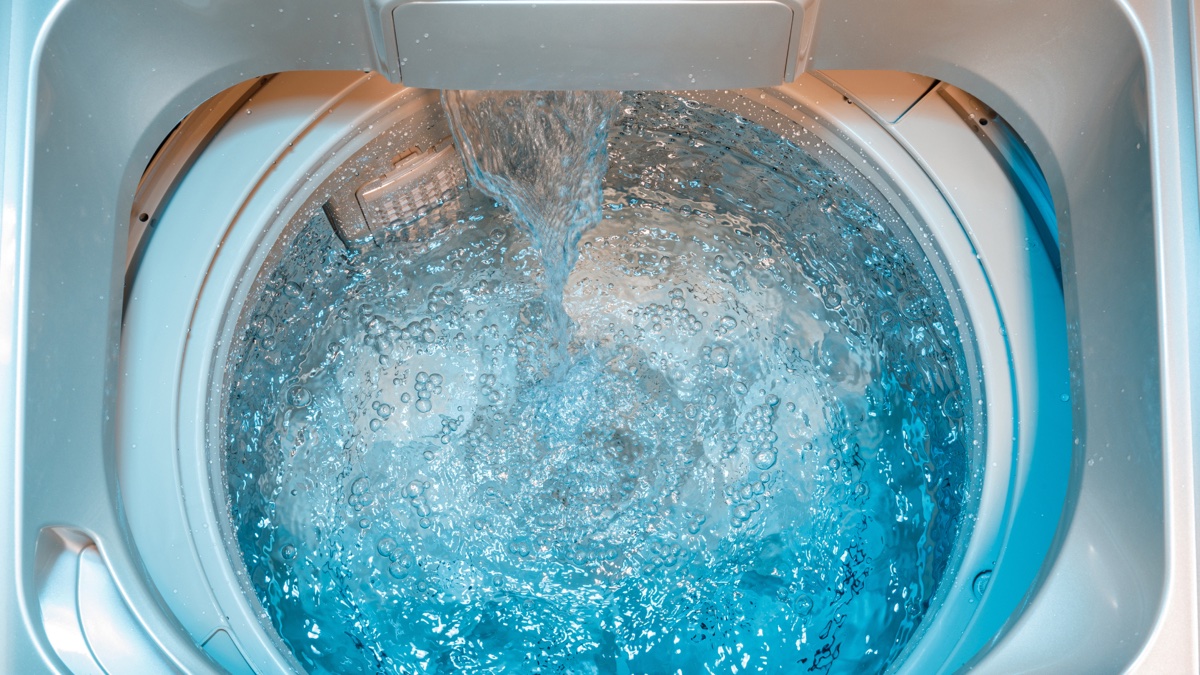
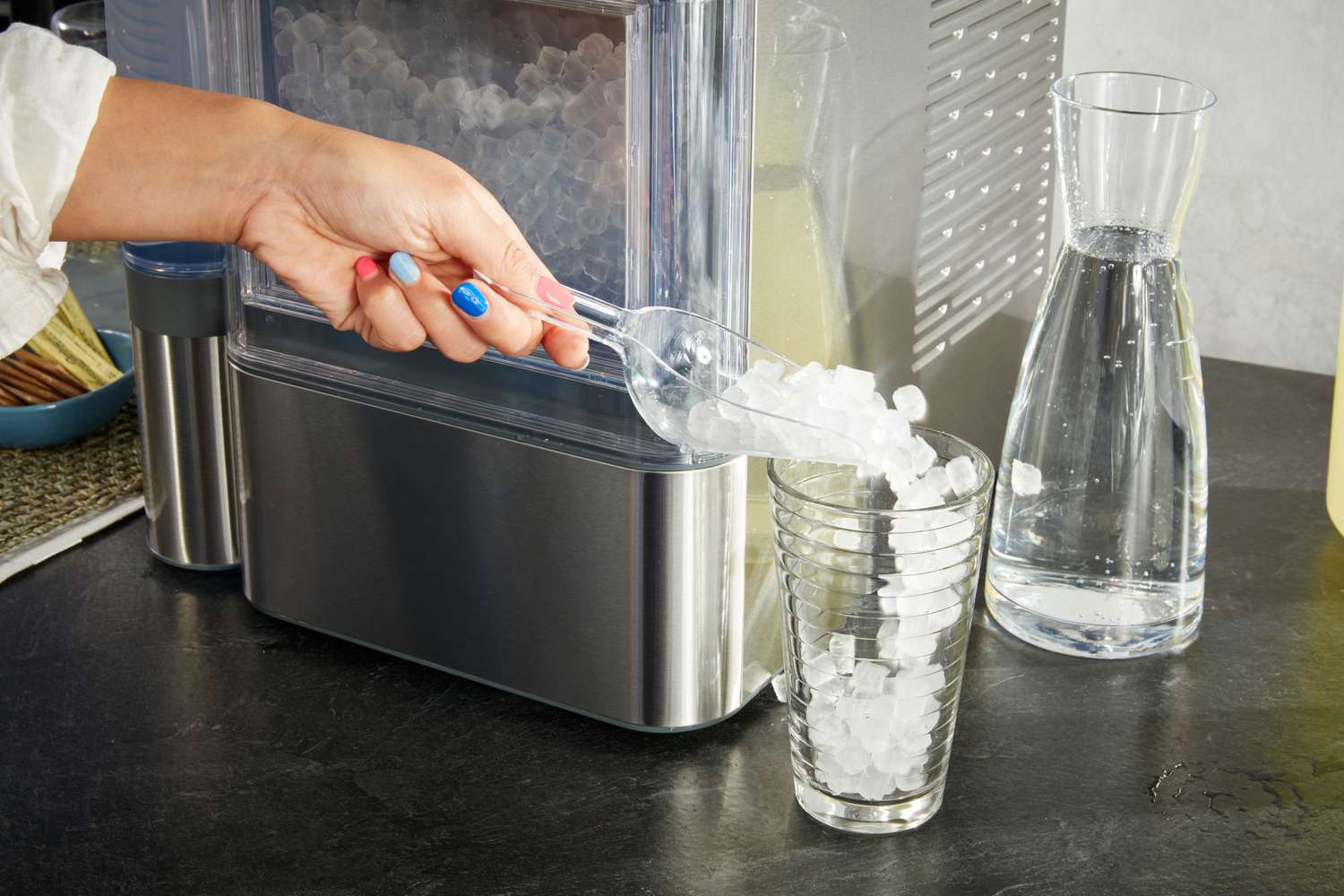
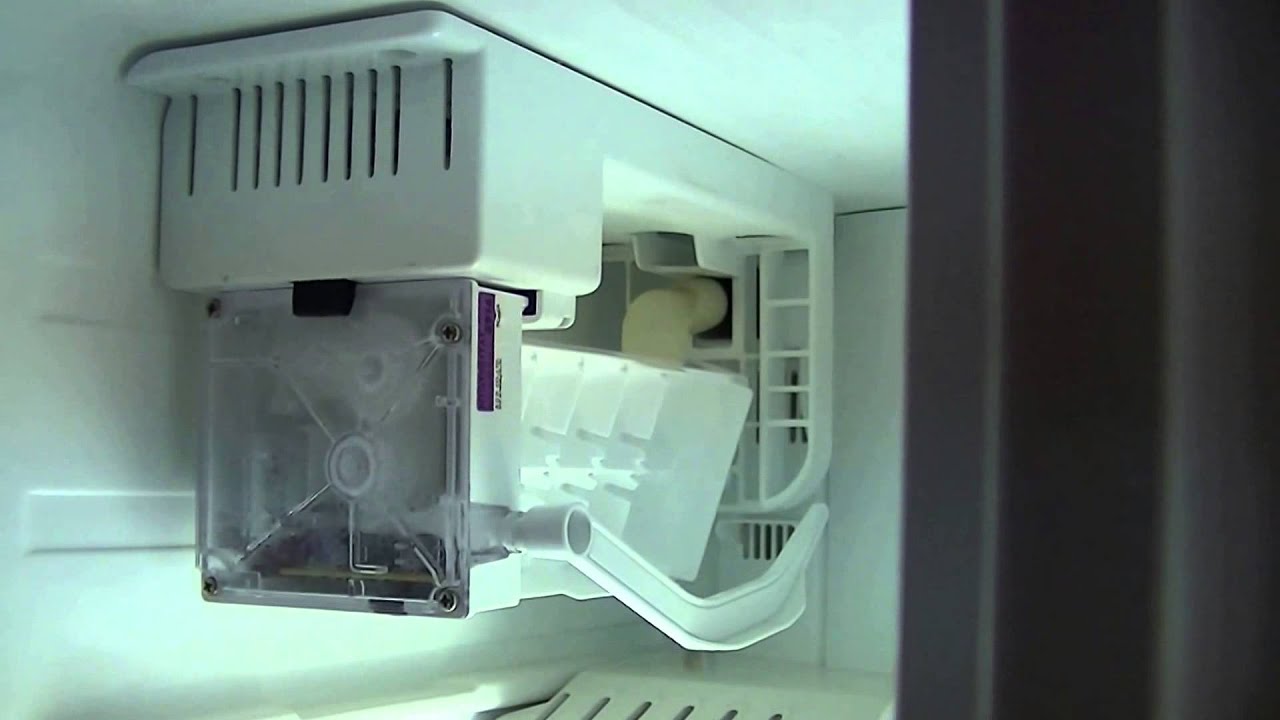
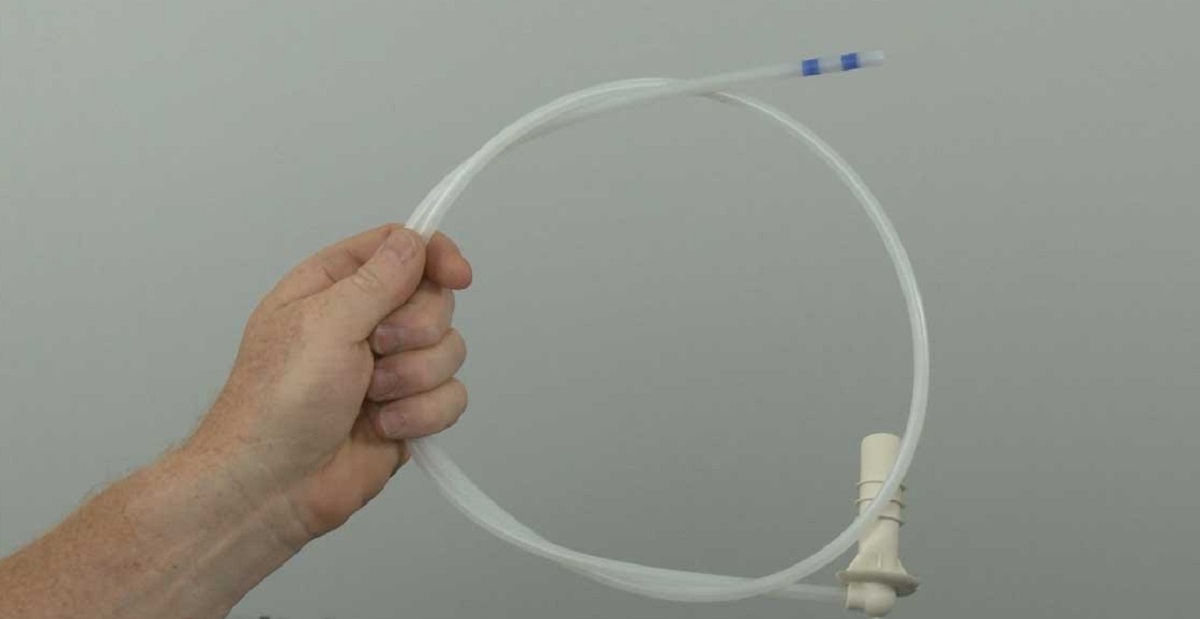
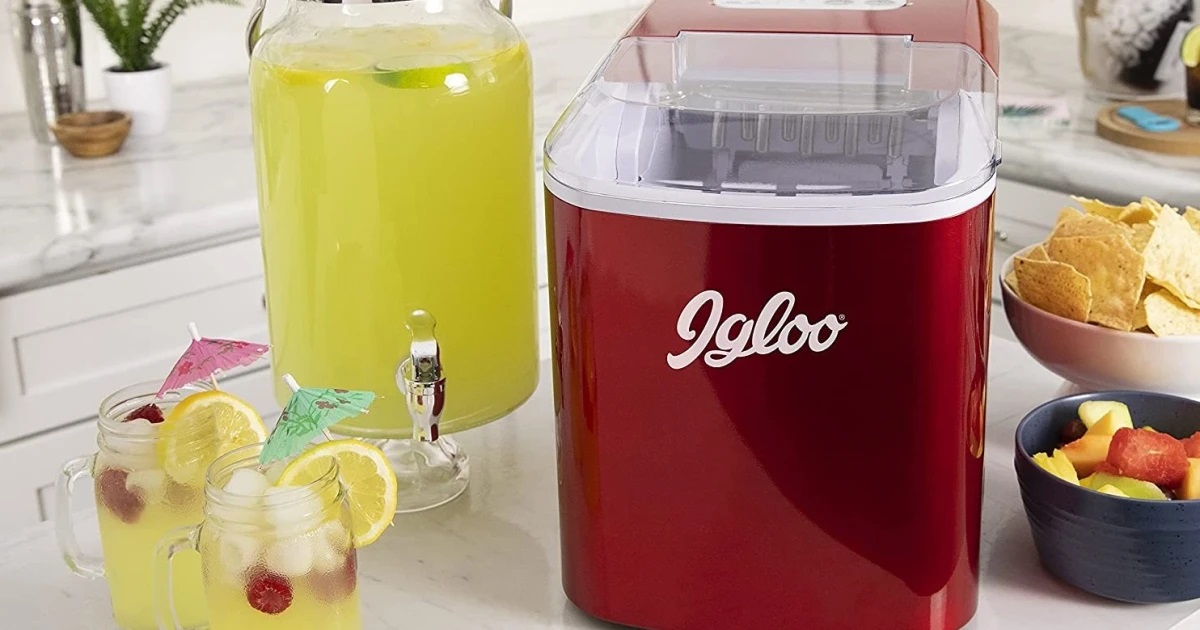
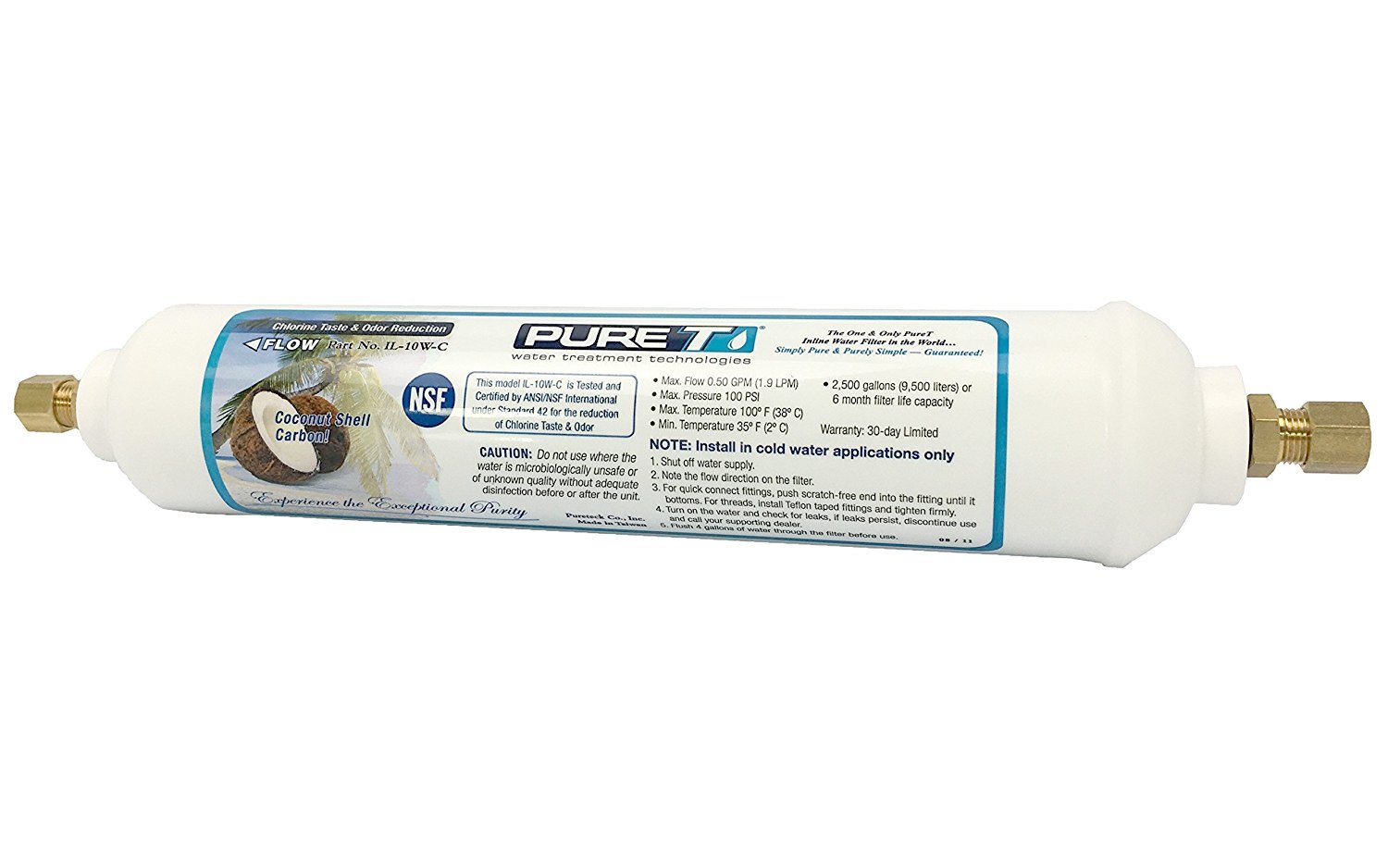
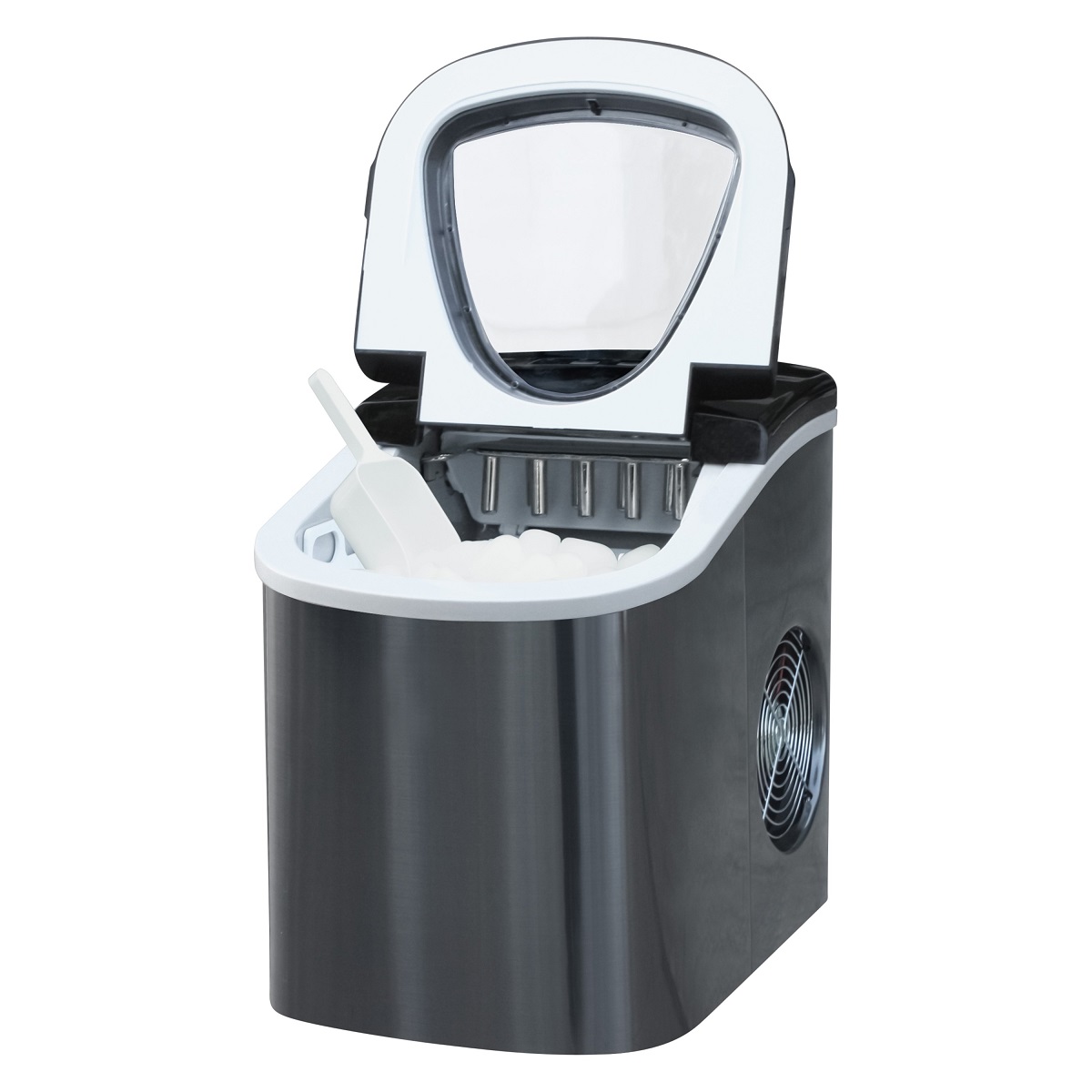
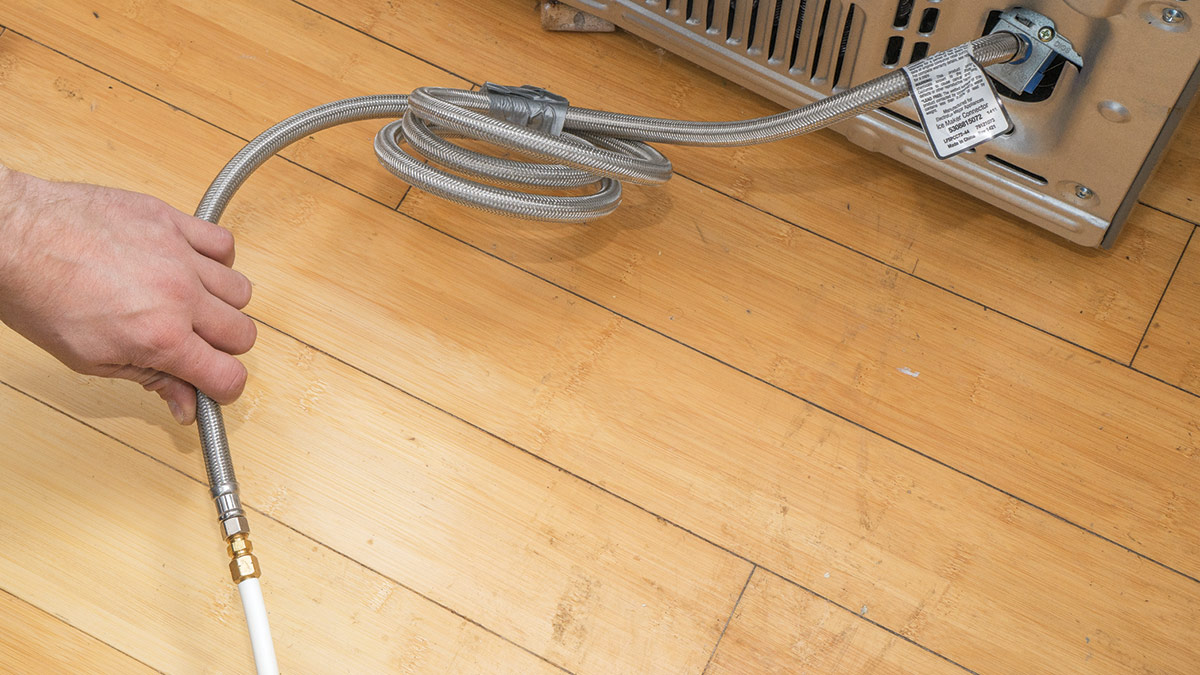
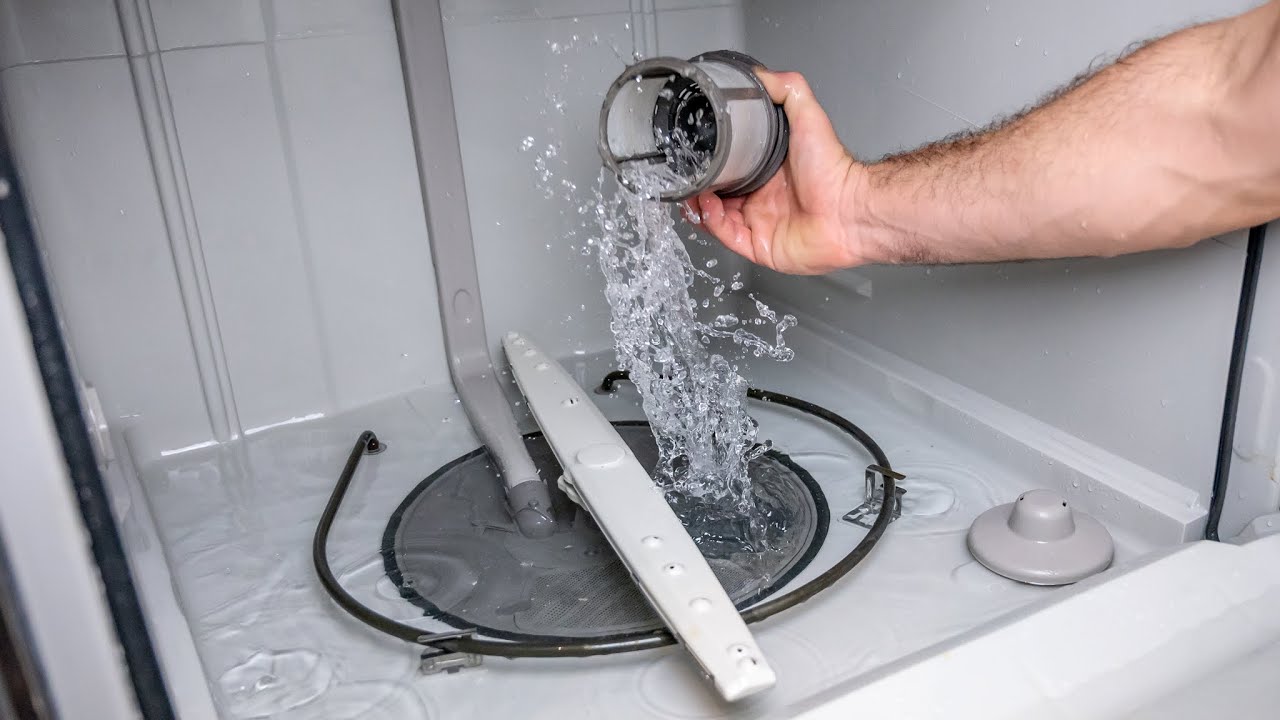
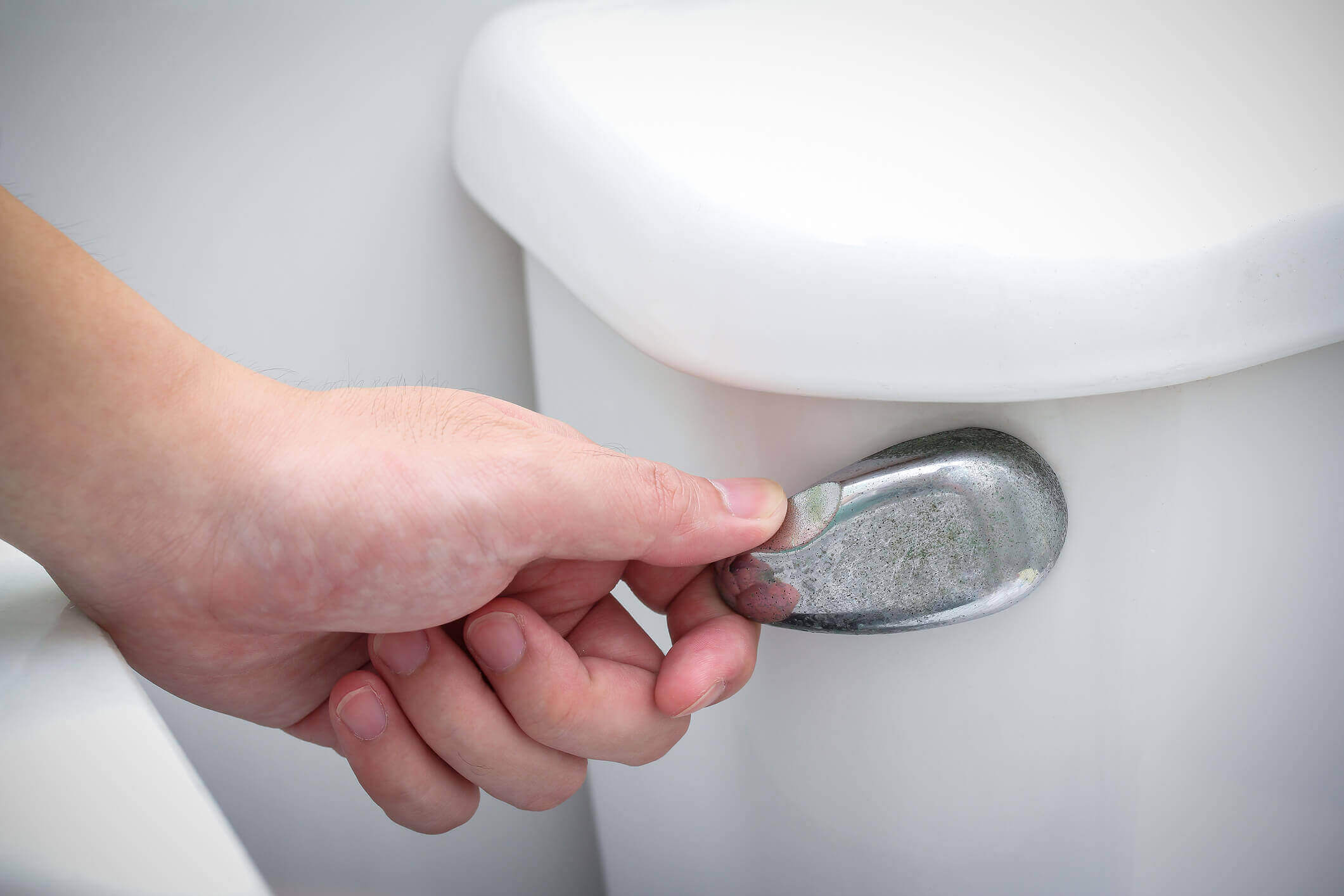
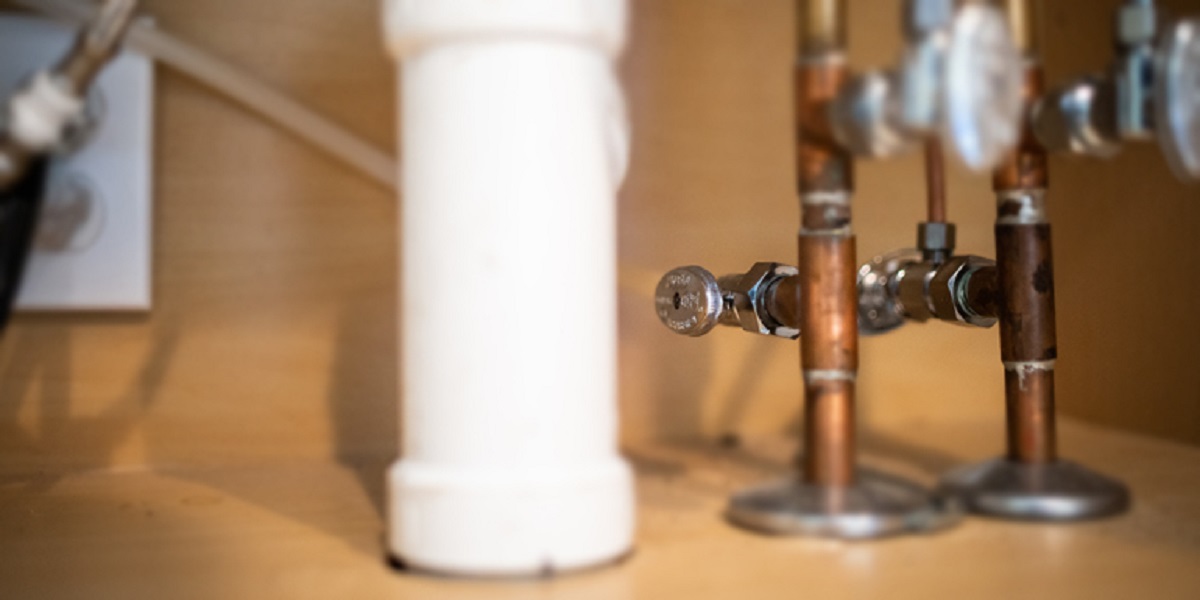
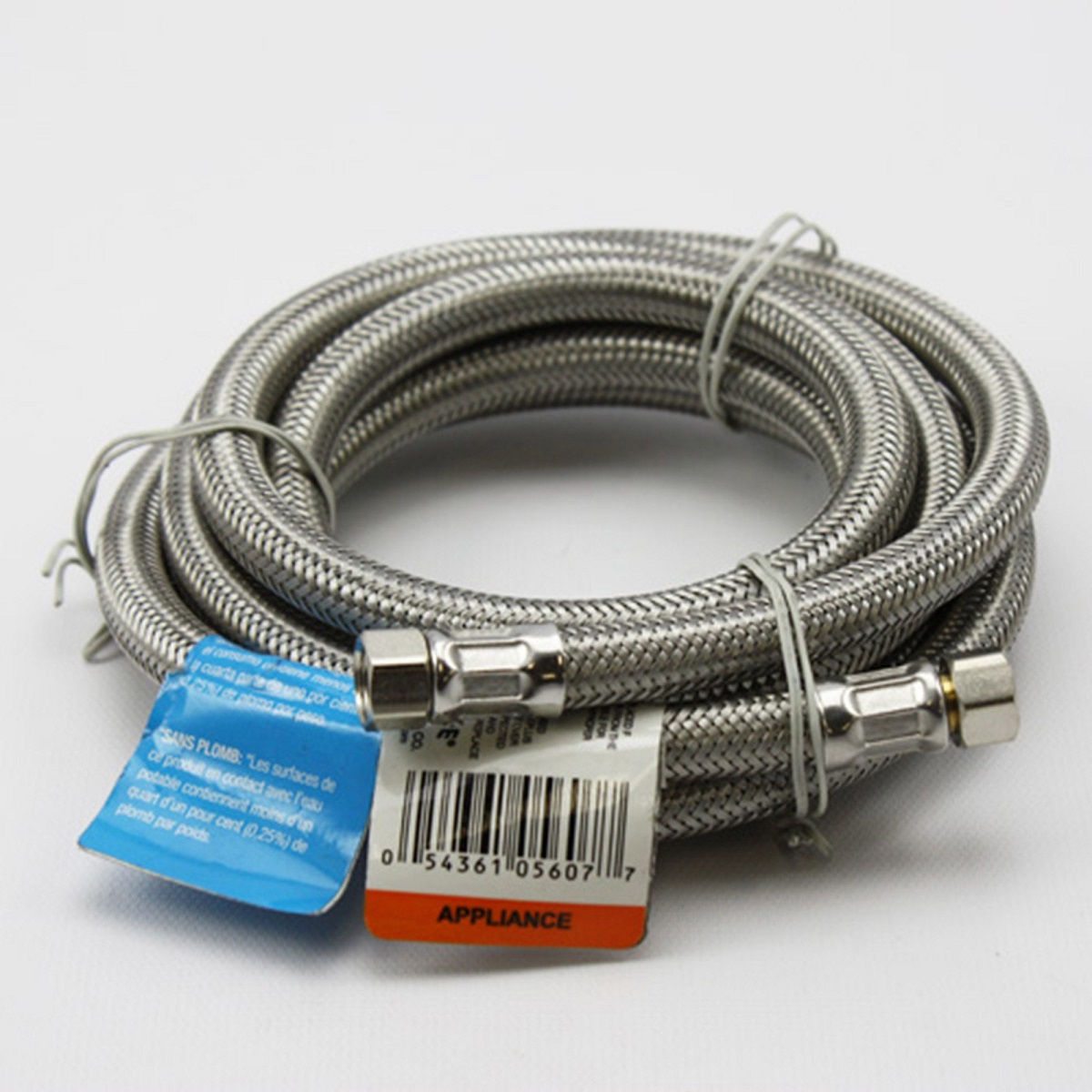
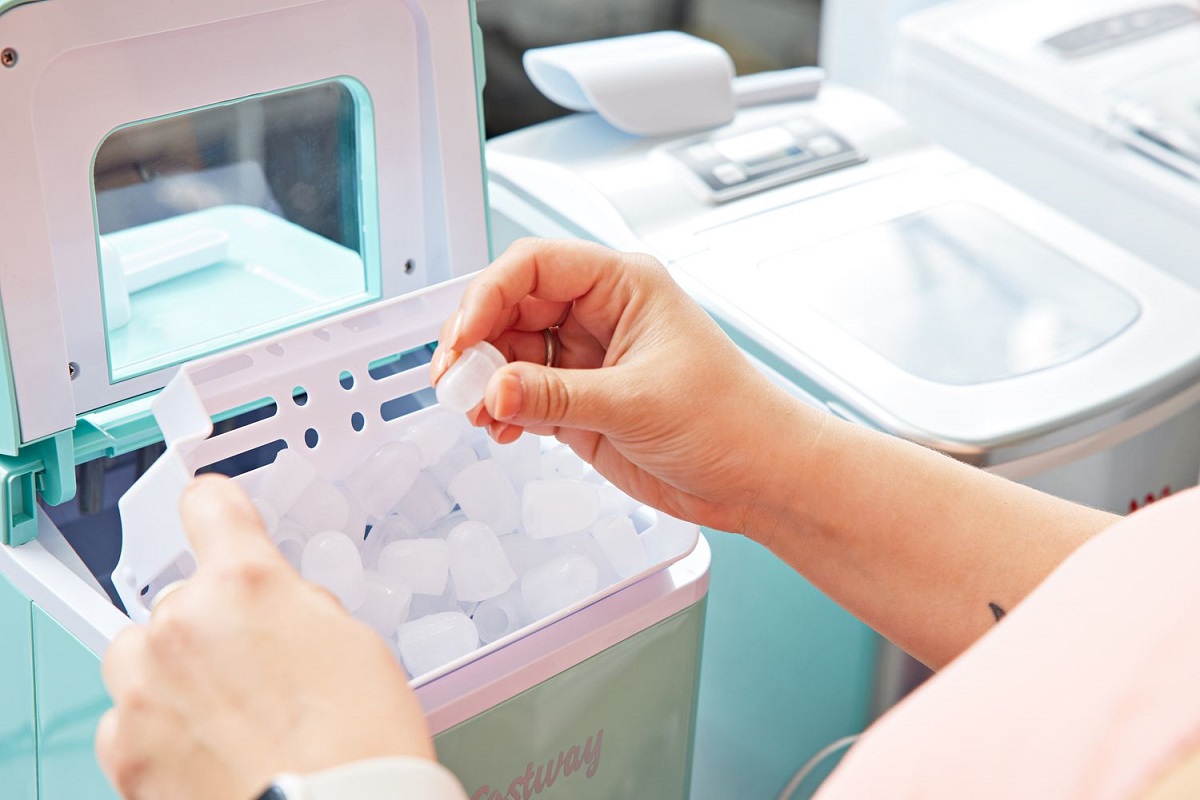
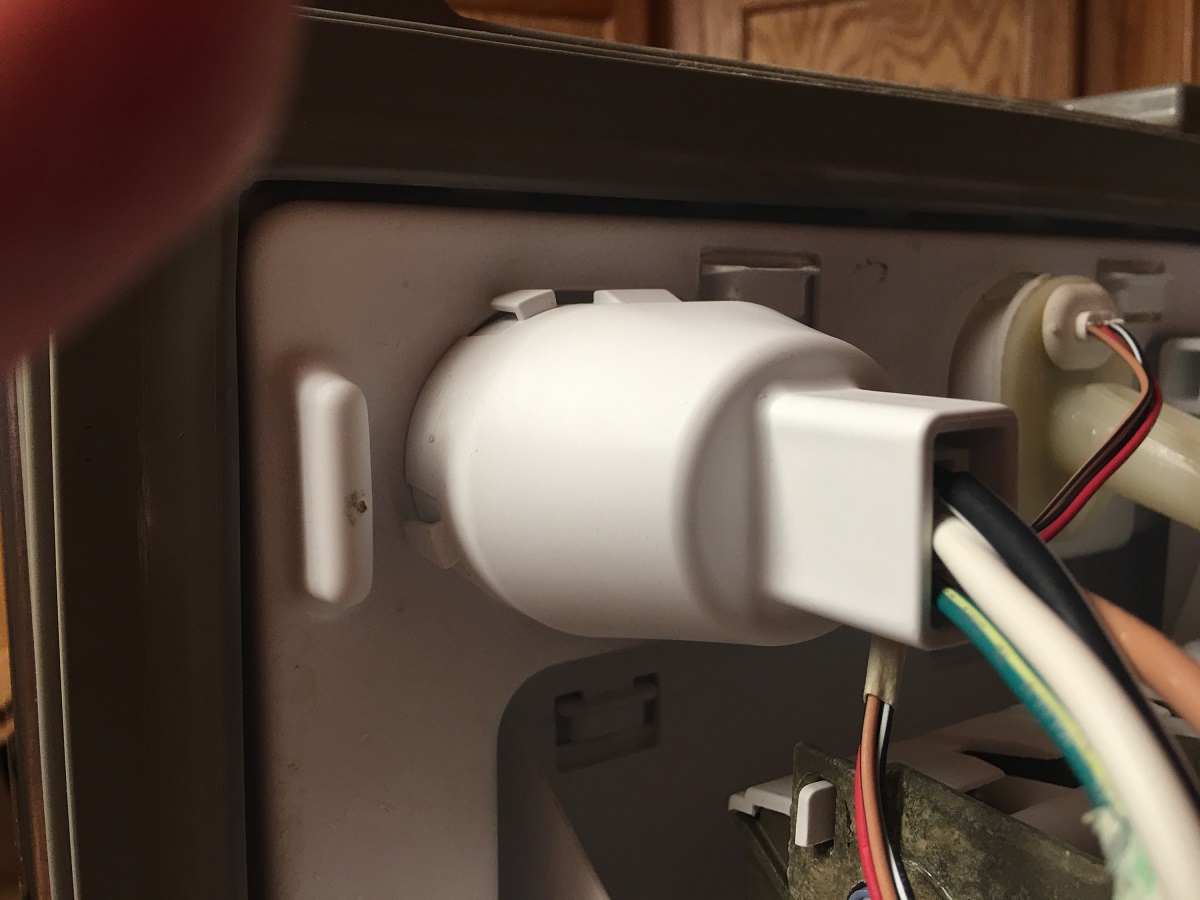

0 thoughts on “Ice Maker is Loud When Filling With Water”